Cañadas del Teide is a vast volcanic caldera located in the heart of Teide National Park on the island of Tenerife, part of the Canary Islands. The Cañadas is a massive volcanic crater formed by the eruption of Mount Teide, and it covers a significant portion of the national park. The area is one of the most important natural landmarks of the island and has been designated as a UNESCO World Heritage Site. This spectacular landscape draws visitors from around the world who come to explore its otherworldly terrain, dramatic rock formations, and stunning vistas.
Key Highlights of Cañadas del Teide:
-
Volcanic Caldera:
- Cañadas del Teide is a caldera, which is essentially a giant crater formed by the collapse of a volcano after an eruption. The caldera is approximately 16 kilometers wide and surrounded by steep volcanic cliffs, with Mount Teide itself rising from the center of the caldera. This makes it one of the largest and most dramatic volcanic landscapes in Europe.
- The caldera is filled with lava fields, rock formations, and volcanic soil, which has created a very unique environment. The area is often described as being similar to the surface of the Moon or Mars, making it a popular location for geological studies and space-related research.
-
Teide Volcano (Mount Teide):
- Mount Teide is the most notable feature within Cañadas del Teide. At 3,718 meters (12,198 feet), it is the highest peak in Spain and one of the tallest active volcanoes in the world. The towering presence of Teide makes it an awe-inspiring sight from almost every part of the caldera.
- Visitors can take the Teide Cable Car (Teleférico del Teide) to the upper station near the summit of the volcano, where they can enjoy breathtaking panoramic views of the entire caldera and, on clear days, even see other islands in the Canary archipelago.
-
Hiking and Trails:
-
Cañadas del
Teide
offers a wealth
of
hiking trails
that take
visitors through
its unique
landscapes.
There are
options for all
skill levels,
from easy walks
to more
challenging
hikes. Some of
the most popular
trails in the
caldera include:
- Rambleta to the Summit: This trail takes you from the upper station of the Teide Cable Car to the summit of Mount Teide (if you have a special permit). The journey offers spectacular views of the surrounding landscape, but it requires a permit as the area is protected.
- Los Roques de García: This is one of the most famous hiking routes in the park. It’s a loop trail that leads you around the Roques de García, a set of unique and dramatic rock formations. It’s an easy-to-moderate hike that provides great views of both the rock formations and Mount Teide in the background.
- The Circular Trail: This trail is a moderate-level route that takes you through the volcanic terrain of the caldera, offering stunning vistas of the surrounding cliffs, lava flows, and Teide's peak.
- Hikers should be aware of the altitude and weather conditions, especially during the winter when temperatures can drop significantly in the higher regions.
-
Cañadas del
Teide
offers a wealth
of
hiking trails
that take
visitors through
its unique
landscapes.
There are
options for all
skill levels,
from easy walks
to more
challenging
hikes. Some of
the most popular
trails in the
caldera include:
-
Flora and Fauna:
- Despite the harsh volcanic environment, Cañadas del Teide is home to a variety of flora and fauna, some of which are endemic to Tenerife and the Canary Islands. The park is known for its unique plant species, including the Canary Island pine, Teide violet, and the bugloss (Echium wildpretii), which grows at the highest altitudes and blooms bright red.
- The park is also home to several species of birds, such as the Tenerife blue chaffinch and the Canary islands kestrel, as well as reptiles and other small mammals. The flora and fauna contribute to the biodiversity of the region, making it an excellent destination for nature enthusiasts.
-
Stargazing:
- Cañadas del Teide is considered one of the best places in the world for stargazing. The clear skies and low light pollution make the national park an ideal location for observing the night sky. The Teide Observatory is located on the mountain and offers programs for visitors to learn about the night sky and view celestial objects through powerful telescopes.
- There are night tours available, where visitors can enjoy the beauty of the stars, planets, and galaxies in the Canary Islands' exceptionally clear skies.
-
Geological Significance:
- The geological history of Cañadas del Teide is fascinating. The caldera is part of the Teide–Pico Viejo volcanic complex, which erupted around 170,000 years ago, forming the caldera and its surrounding rock formations. The area is a living testament to the power of volcanic activity, and its distinctive geological features make it a popular destination for geology enthusiasts.
- Some of the rock formations in the park, such as the Los Roques de García, are famous for their unique shapes, formed over millions of years of volcanic activity and erosion.
-
Accessibility and Visitor Services:
- Cañadas del Teide is well-connected by roads, with the TF-21 road passing through the national park. There are several parking areas and viewpoints throughout the park where visitors can stop and enjoy the scenery.
- There are also visitor centers, including the El Portillo Visitor Center, where visitors can learn more about the park’s history, geology, and ecosystems. The center also provides information on hiking trails, guided tours, and other activities in the area.
- Guided tours are available for those who want a deeper understanding of the park's natural and geological features. These tours can help visitors make the most of their experience, with expert guides providing insight into the history and wildlife of Teide National Park.
-
Best Time to Visit:
- The best time to visit Cañadas del Teide depends on what you’re looking for. The spring and autumn months are ideal for hiking, with mild temperatures and clear skies. Summer can be quite hot at lower altitudes, but the higher areas remain cool and pleasant.
- Winter is also a great time to visit if you want to experience the possibility of snow on Mount Teide, which makes for a dramatic and unique contrast against the surrounding volcanic landscape. However, keep in mind that the higher altitudes can be quite cold, so bring warm clothing.
-
Teide Cable Car:
- The Teide Cable Car (Teleférico del Teide) is one of the best ways to get a quick view of the area from a higher elevation. The cable car takes visitors from the base station at 2,356 meters up to the upper station at 3,555 meters, where you can enjoy incredible panoramic views of the Cañadas del Teide and the island.
- From the upper station, visitors can access hiking trails or, with a special permit, continue toward the summit of Mount Teide.
Conclusion:
Cañadas del Teide is one of Tenerife's most remarkable natural wonders. Whether you're an adventure seeker looking to hike among volcanic landscapes, a nature lover hoping to spot unique wildlife and plant species, or a stargazer eager to witness the incredible night sky, Cañadas del Teide offers something for everyone. With its striking volcanic terrain, stunning views of Mount Teide, and diverse activities, this area of Teide National Park is a must-visit destination for any traveler to the Canary Islands.






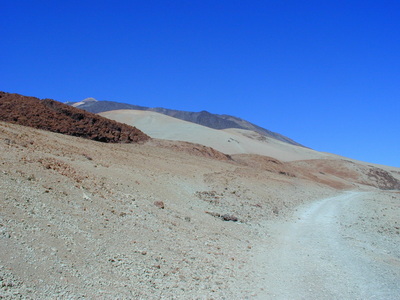
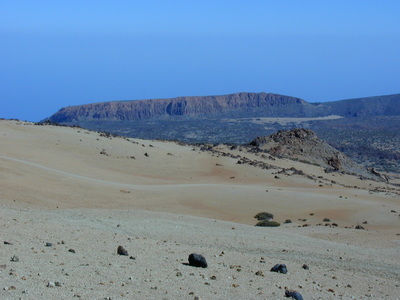

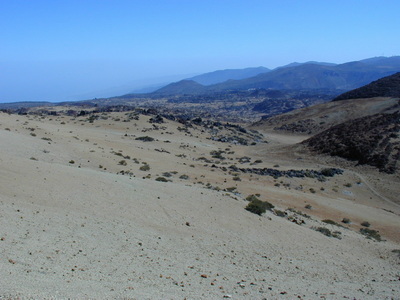
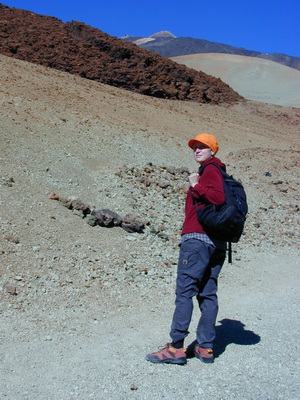
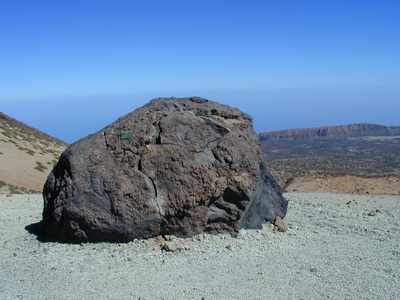
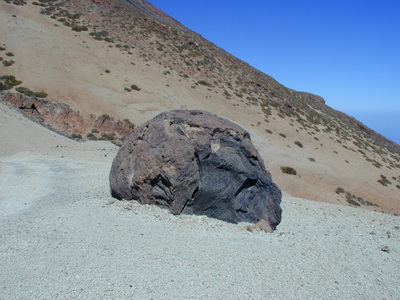

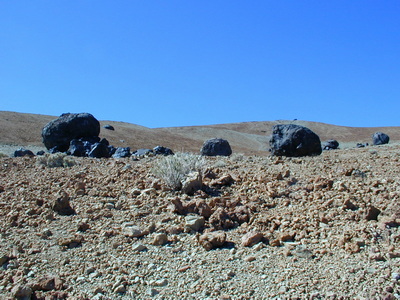
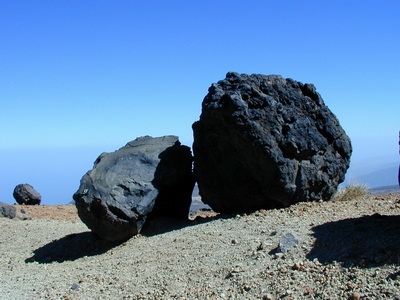
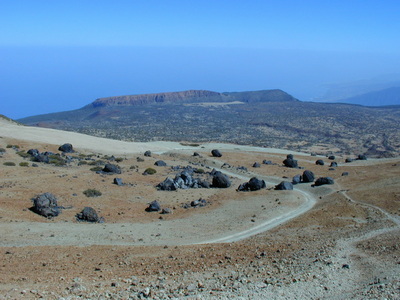
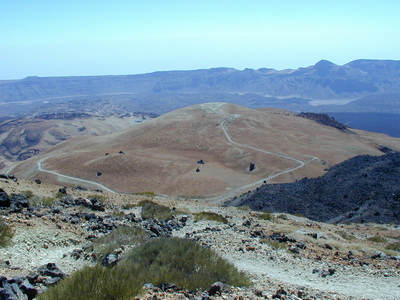
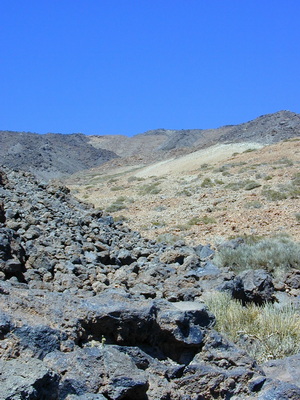
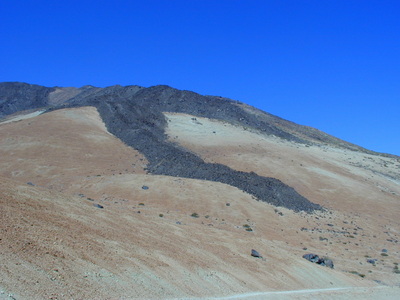
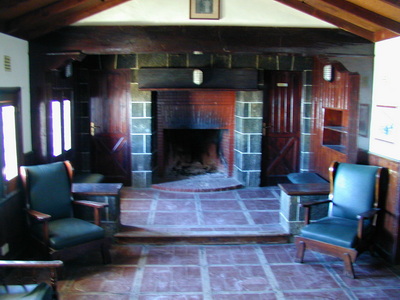
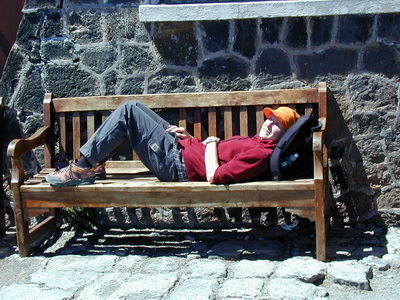
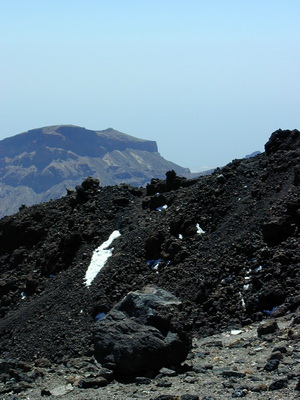
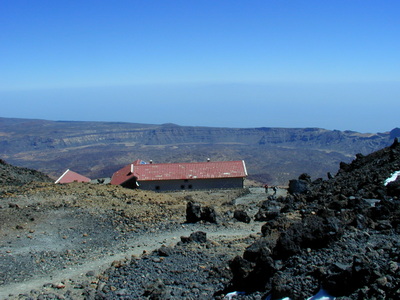
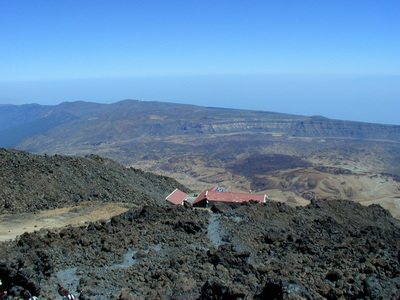
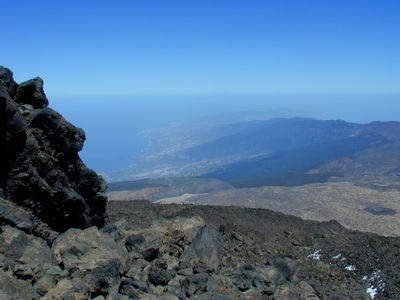
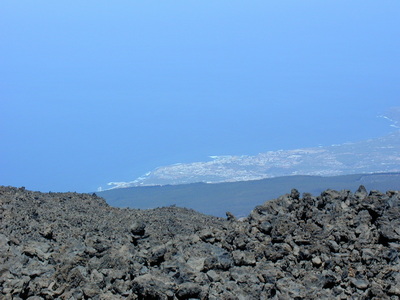
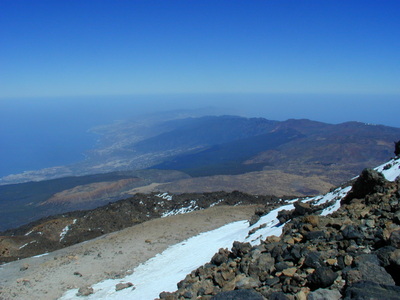
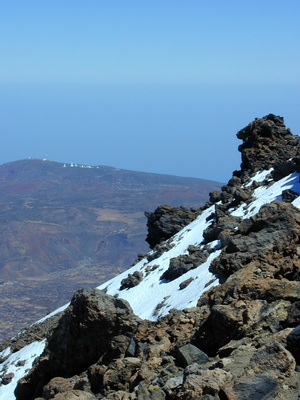
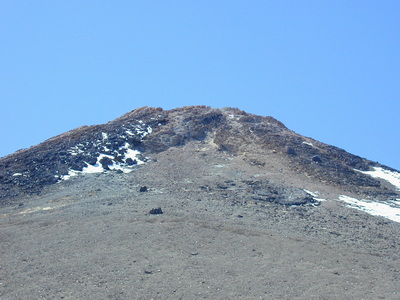
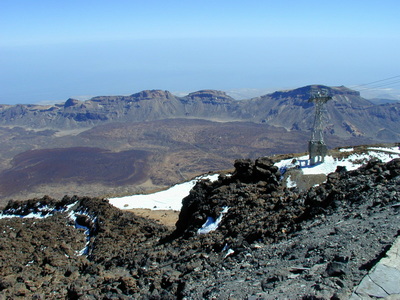

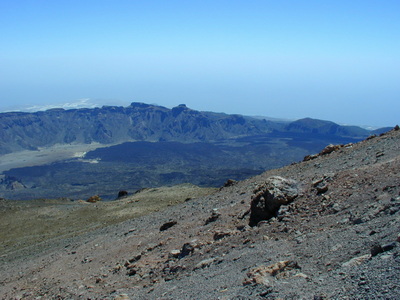
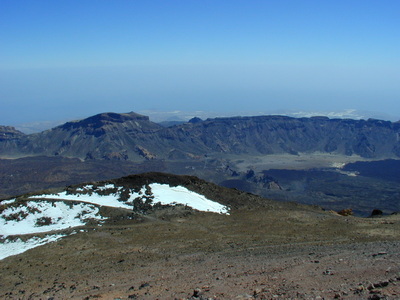
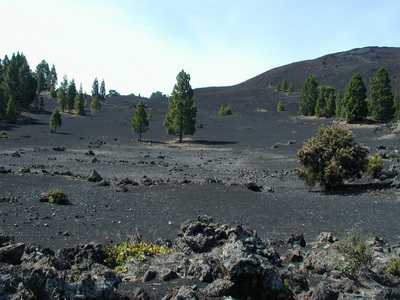
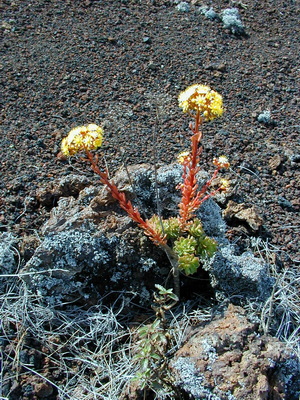
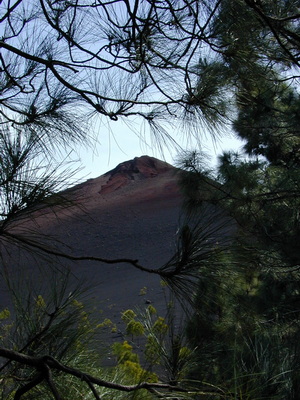
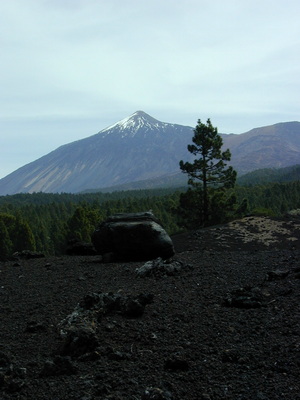
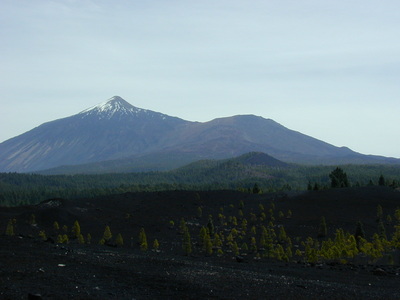
 hikerinheidi
hikerinheidi.jpg)
.jpg)
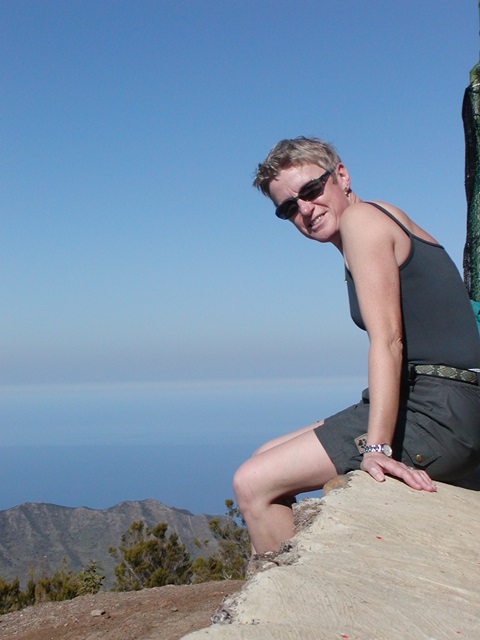
.jpg)